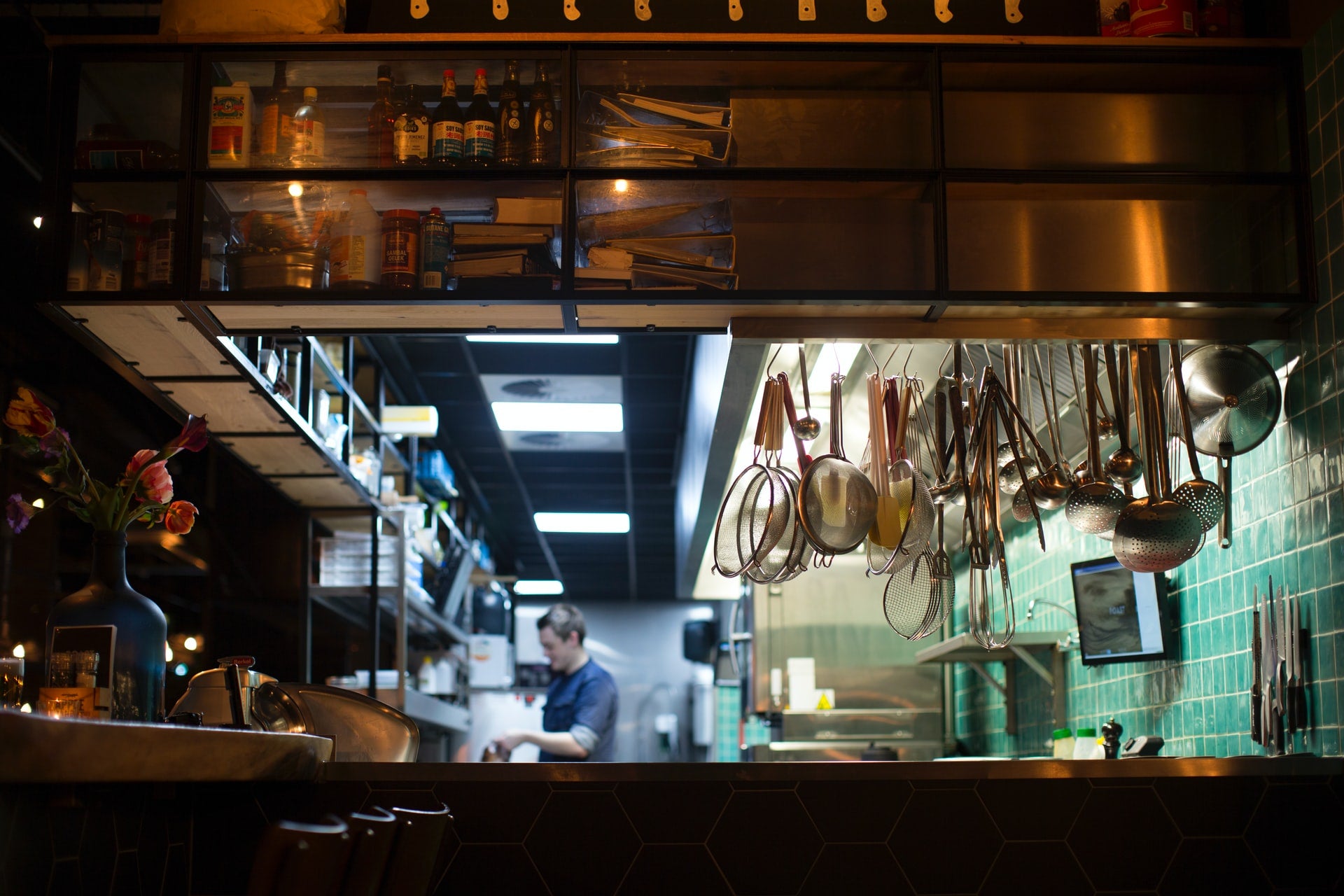What does good food hygiene look like in a restaurant kitchen?

When you’re running a commercial kitchen, you may think that serving delicious food is your main priority.
Although that is extremely important, you should equally never forget about how crucial food hygiene is to your business.
Simple food hygiene practices are essential, no matter how small or big your kitchen is. A kitchen is a place where bacteria and germs can quickly grow and multiply, which could potentially lead to cases of food poisoning, or other food-related illnesses.
It’s also not just up to you to enforce good hygiene, but you’ll be forced to by government agencies.
Restaurant hygiene ratings
The Food Hygiene Rating Scheme is there to ensure that every business serving food to the public has high hygiene standards.
All businesses get a rating from 1-5 based on inspections by the Scheme. Once a business gets their score, they must display it at their premises and on their website so customers can decide whether they want to eat there.
The ratings are as follows:
- 5 – hygiene standards are very good
- 4 – hygiene standards are good
- 3 – hygiene standards are generally satisfactory
- 2 – some improvement is necessary
- 1 – major improvement is necessary
- 0 – urgent improvement is required
How to incorporate good food hygiene in your kitchen
To ensure your kitchen always maintains high food hygiene levels, you should implement the following practices:
Store your food safely
Storing your food correctly is just as important as how you cook it. Things like allowing food to cool completely before putting it in a fridge and covering all raw foods should be standard practice in any commercial kitchen.
Encourage good personal hygiene among your staff
Germs can easily spread to and from our hands, so educating your staff on the importance of regular handwashing – especially after handling raw meats, fish, and eggs – can reduce the chance of E. Coli, salmonella and other bacteria spreading.
Supply correct uniform and PPE
For staff that are preparing food, the right PPE should always be worn. This can include aprons, gloves, masks and trousers.
PPE should also be regularly washed and maintained to ensure that they’re providing adequate protection and not contributing to the spread of bacteria.
Be conscious of how you prepare your food
Finally, be considerate of best practices when it comes to preparing your food. Make sure to wash fruits and vegetables before cooking, use different chopping boards, and use thermometers to check cooking temperatures.
-
Posted in
commercial kitchen, food hygiene, food safety, health and safety, kitchen safety, PPE, restaurant kitchen





